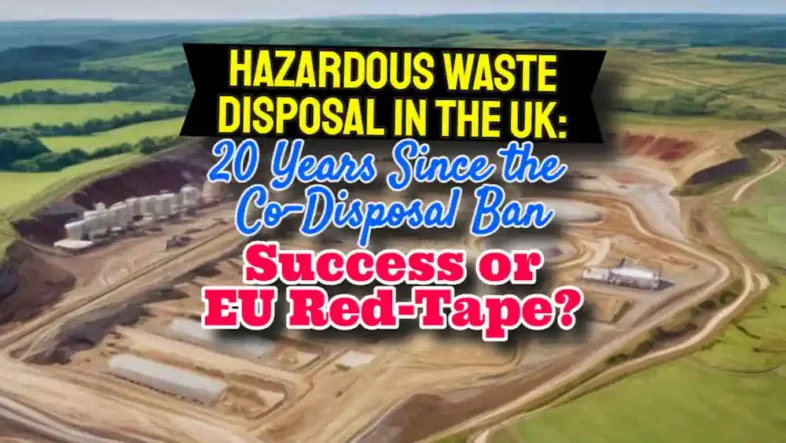Looking Back on 20 Years of Separate UK Hazardous Waste Disposal Since the Landfill Co-Disposal Ban – EU Bureaucratic Nonsense or Success?
As we approach 2025, it has been nearly two decades since the UK implemented the landmark co-disposal ban under the EU Landfill Directive, which prohibited the disposal of hazardous and non-hazardous wastes together.
This monumental change, which came into force in 2005, forever altered the landscape of waste disposal in the UK, particularly for hazardous waste producers. Now, 20 years later, we reflect on the successes, challenges, and future outlook for waste disposal in the UK, considering the environmental and regulatory implications of this shift.
The Immediate Impact of the Co-Disposal Ban in 2005
The initial impact of the 2005 ban was seismic. Hundreds of landfill sites previously accepting hazardous waste alongside municipal solid waste were rendered unusable for such purposes, leaving the UK with fewer than two dozen facilities equipped to handle hazardous waste.
The increased regulatory requirements not only tightened the licensing and environmental permit conditions for landfill operators but also imposed stringent pre-treatment rules, making waste management more complex and costly for businesses.
Transportation costs surged as hazardous waste now had to travel much farther, creating significant financial burdens for businesses across industries. In some cases, hazardous waste had to be transported hundreds of miles, a logistical nightmare for smaller companies, particularly in rural areas.
The pressure to adapt quickly to the new rules led many businesses to stockpile waste as they sought cost-effective ways to comply with the stricter regulatory regime. There were widespread concerns that some businesses might resort to illegal disposal or fly-tipping to avoid rising costs—a fear that, in part, materialized in the early years.
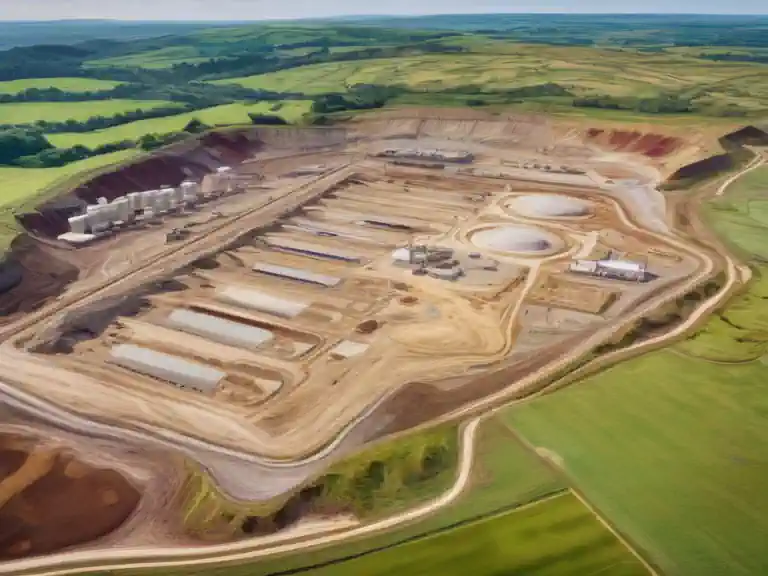
Environmental and Regulatory Successes
Despite the initial challenges, 20 years later, it is clear that the Landfill Directive has had a substantial positive environmental impact. The UK has successfully reduced the amount of hazardous waste sent to landfill through a combination of regulatory enforcement and innovation in waste treatment technologies.
One of the most significant achievements has been the widespread adoption of waste minimization strategies. As businesses adapted to the high costs of hazardous waste disposal, they began to focus on how to reduce waste at the source.
This shift in mindset was spurred by the realization that designing processes and products to minimize hazardous components was not only environmentally responsible but also cost-effective. Many industries have implemented cleaner production techniques, and in some cases, entirely eliminated certain hazardous substances from their operations.
Furthermore, the co-disposal ban, combined with other EU waste policies, led to the growth of the waste treatment and recycling industries in the UK.
The landfill diversion targets established by the Landfill Directive were instrumental in driving investment in alternative waste treatment technologies, such as thermal treatment, chemical treatment, and hazardous waste recycling facilities.
The UK is now home to some of the most advanced waste treatment infrastructures in Europe, with high levels of hazardous waste recovery and recycling.
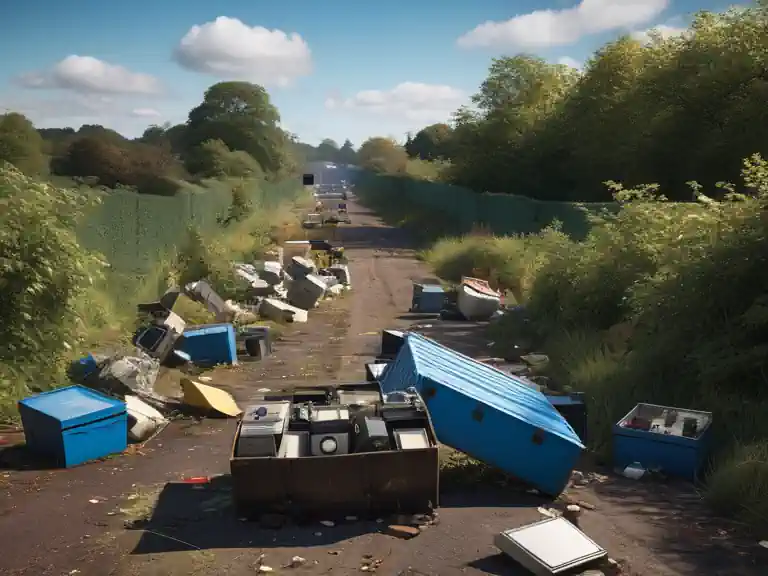
Fly-Tipping and Illegal Disposal: A Lingering Challenge
While the co-disposal ban has been a success in terms of hazardous waste reduction, fly-tipping remains a persistent issue. The early years after the ban saw a significant rise in illegal waste dumping as businesses struggled to cope with higher costs.
Although efforts to combat fly-tipping have been relatively effective in recent years—particularly with the use of technologies like CCTV and increased fines—the problem persists, especially in rural and less-monitored areas.
Government agencies, including the Environment Agency and local authorities, have made strides in enforcing compliance, but resource constraints continue to hamper efforts.
Fly-tipping is still estimated to cost the UK millions of pounds annually. While the penalties for illegal disposal are severe, more investment in enforcement and public awareness campaigns is needed to curb this issue in the long term.
Comparisons Between 2005 and 2025: The Evolution of Waste Management
One of the most notable changes since 2005 has been the evolution of waste classification and management technologies. In the early days, waste producers often struggled with correctly identifying hazardous waste under the European Waste Catalogue (EWC). Today, businesses are far better equipped, thanks to improved guidance, stricter enforcement, and the growing expertise within the waste management sector.
Another major difference is the cultural shift toward a circular economy. In 2005, most businesses viewed waste management as a regulatory burden. Fast forward to 2025, and the narrative has changed. Companies are increasingly recognizing the value of sustainable waste practices as part of their corporate responsibility and environmental strategies. Recycling and recovery of materials, even from hazardous waste, are now standard practices in many sectors.
In terms of policy, the UK's departure from the EU in 2020 (Brexit) created some uncertainty about future waste regulations, but thus far, the UK has maintained alignment with many of the environmental protections established under EU law, including hazardous waste disposal rules.
However, ongoing policy developments, such as the UK’s post-Brexit environmental strategy and the implementation of the Resources and Waste Strategy, will be crucial in shaping the future of waste management over the next decade.
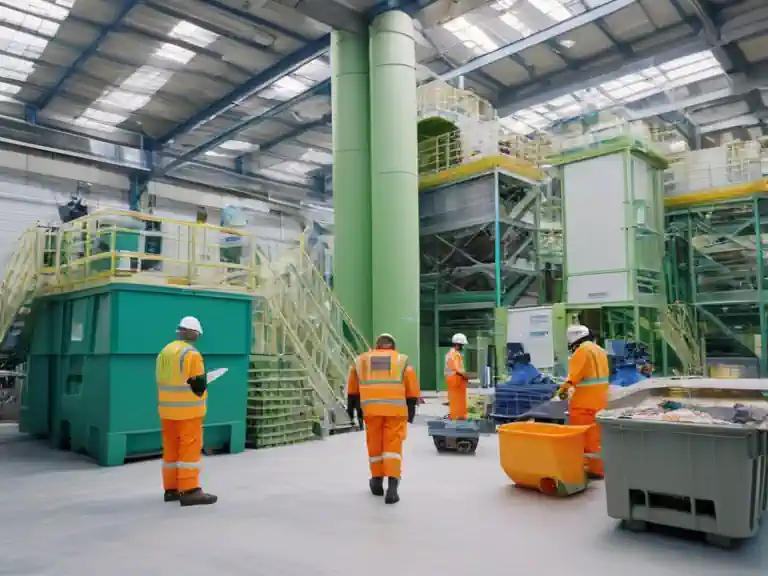
Has It Been a Success for the Environment?
In evaluating whether the ban on co-disposal has been an environmental success, the answer is largely positive. The reduction in hazardous waste going to landfill has been dramatic, and businesses have adapted to the regulatory requirements with a focus on sustainability. The co-disposal ban has undeniably pushed industries to adopt greener technologies and reduce their waste footprint, aligning with the goals of the Landfill Directive.
However, challenges remain. Fly-tipping, although reduced, continues to be a costly and environmentally damaging problem. Additionally, the reliance on transporting hazardous waste long distances remains a concern, contributing to carbon emissions and logistical inefficiencies.
Looking ahead, the future of hazardous waste disposal will likely involve even more stringent waste reduction targets and the continued growth of innovative treatment technologies. The lessons learned from the past 20 years should guide the UK towards a more sustainable waste management system that prioritizes both environmental protection and economic efficiency.
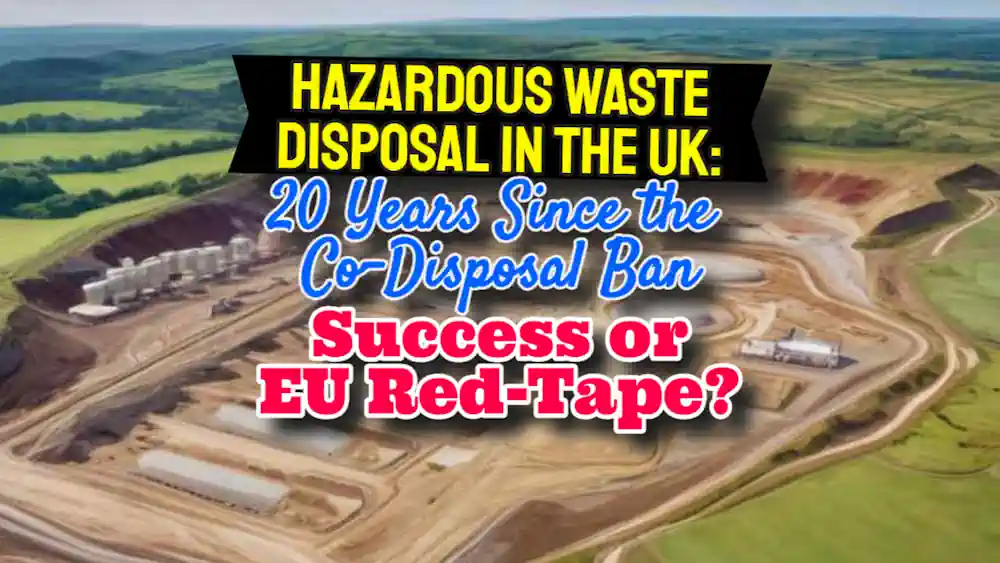
Conclusion – Hazardous Waste Disposal in the UK: 20 Years On
As we reflect on two decades since the landfill co-disposal ban, it is clear that the UK’s waste disposal landscape has transformed significantly.
While the initial years were marked by considerable challenges, especially for businesses, the long-term impact on the environment has been largely positive.
The UK is now far more capable of managing hazardous waste responsibly, and industries are increasingly adopting sustainable practices to minimize waste generation.
The next 20 years will undoubtedly bring new challenges, but if the past is any indication, continued innovation and stringent regulatory oversight will keep the UK on a path towards greener and more sustainable waste management practices.


